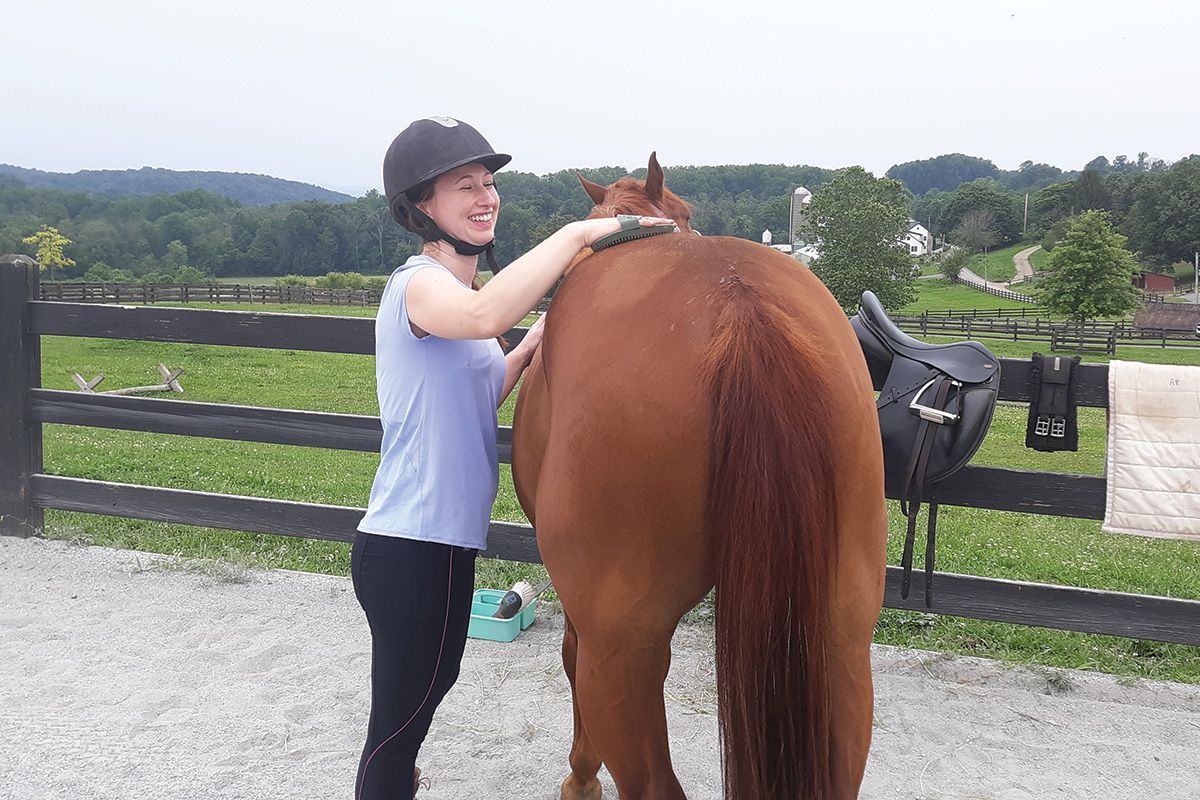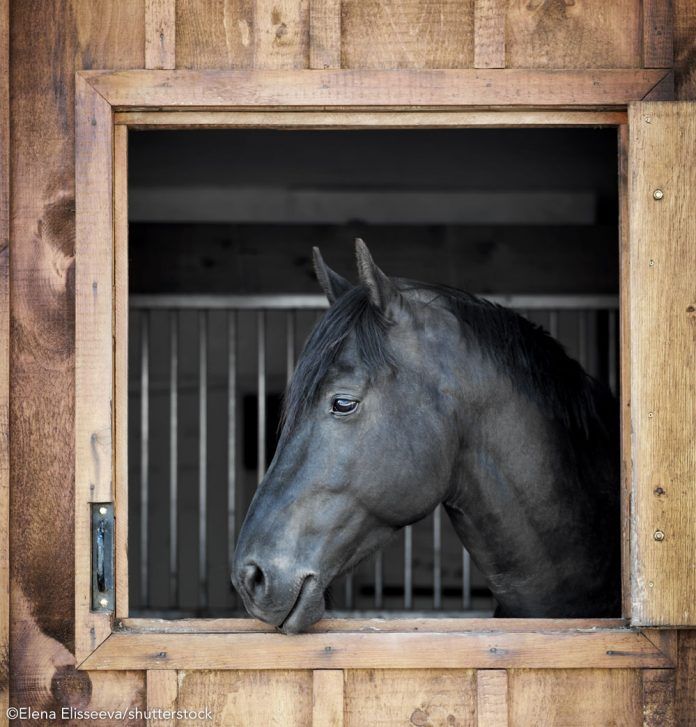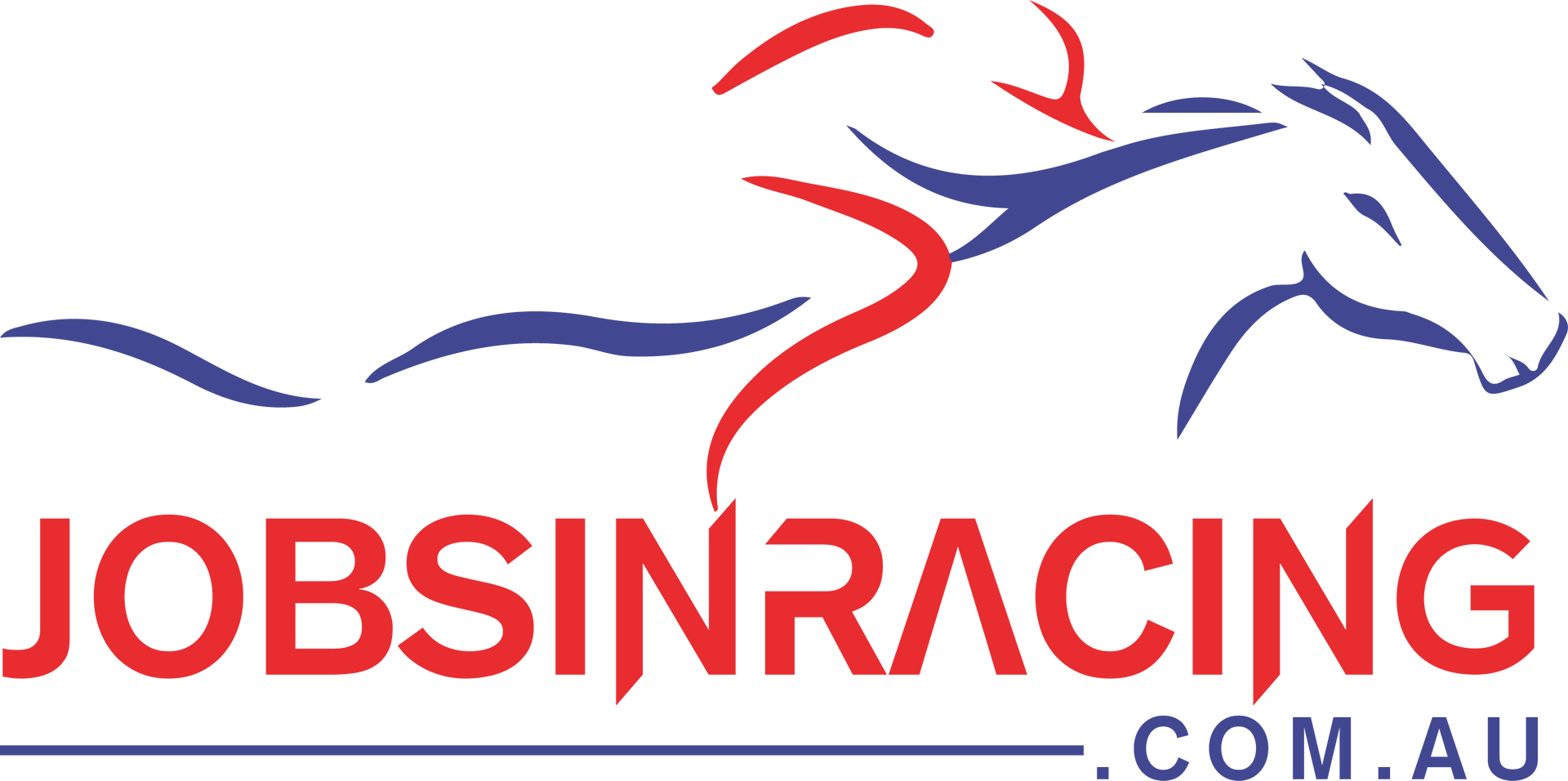Get Insights on Horse Racing Market [2024-2031]: Observing Market Share and Advancements
Our extensive report, across [106 Pages], offers a thorough and comprehensive analysis of the Horse Racing Market, focusing on regions, applications (Online, Racecourse, Lottery Store, Other), and types (Win Bet, Each Way, Single Bet, Mutliple Bets, Straight Forecast, Reverse Forecast, Tricast). The research and analysis presented within our Horse Racing Market Research report aim to provide valuable insights to benefit stakeholders, vendors, and industry participants. The projected Compound Annual Growth Rate (CAGR) from 2023 to 2031 indicates that the Horse Racing market is poised for remarkable annual expansion.
Brief Description of Horse Racing Market:
The Horse Racing Market is projected to achieve a valuation in the multimillion-dollar range by 2030, demonstrating an unforeseen Compound Annual Growth Rate (CAGR) between 2023 and 2030 when compared to the data spanning from 2016 to 2022.
Market research reports are essential for companies to offer insights that can bolster their growth and success. These reports provide the latest market developments, potential areas for future growth, and information about the competitive landscape. In recent years, the Horse Racing market has experienced remarkable growth, fueled by growing consumer appreciation for its visually appealing design, enduring durability, and environmentally conscious features. We invite you to explore our engaging article, where we delve into the enchanting world of Horse Racings. Join us as we unveil the compelling reasons behind their surging popularity.
Which manufacturers hold the leading position in the global Horse Racing Market?
- Bwin
- Singapore Pools
- Tabcorp Holdings
- William Hill
- Macau Jockey Club
- Ladbrokes
- Hong Kong Jockey Club
What product categories dominated the market share in the Horse Racing industry?
- Win Bet
- Each Way
- Single Bet
- Mutliple Bets
- Straight Forecast
- Reverse Forecast
- Tricast
What are the primary applications within the Horse Racing market?
- Online
- Racecourse
- Lottery Store
- Other
What are the driving factors for the growth of the Horse Racing Market?
Type and Category of the Product: The market's categorization into different types and categories of products plays a significant role in driving its growth. Certain product types or categories may experience higher demand, leading to market expansion.
Market Growth: The overall growth of the market, both in terms of value and volume, is a key driving factor. A growing market typically indicates increasing demand and opportunities for businesses.
Compound Annual Growth Rate (CAGR): The calculation and assessment of CAGR are essential driving factors. CAGR helps in understanding the pace at which the market is expected to grow during the projection period, influencing investment decisions.
Projection Period (2023 to 2030): The chosen time frame for projections (2023 to 2030) is a driving factor as it provides a roadmap for market analysis and strategic planning during this specific period.
Horse Racing market Overview:
Horse racing is an equestrian performance sport, typically involving two or more horses ridden by jockeys (or sometimes driven without riders) over a set distance for competition. It is one of the most ancient of all sports, as its basic premise – to identify which of two or more horses is the fastest over a set course or distance – has been unchanged since at least classical antiquity.
The Horse Racing Market report combines extensive quantitative analysis and exhaustive qualitative analysis, ranges from a macro overview of the total market size, industry chain, and market dynamics to micro details of segment markets by type, application and region, and, as a result, provides a holistic view of, as well as a deep insight into the Horse Racing market covering all its essential aspects.
For the competitive landscape, the report also introduces players in the industry from the perspective of the market share, concentration ratio, etc., and describes the leading companies in detail, with which the readers can get a better idea of their competitors and acquire an in-depth understanding of the competitive situation. Further, mergers & acquisitions, emerging market trends, the impact of COVID-19, and regional conflicts will all be considered.
Global Horse Racing Market: Drivers and Restrains
The research report has incorporated the analysis of different factors that augment the market’s growth. It constitutes trends, restraints, and drivers that transform the market in either a positive or negative manner. This section also provides the scope of different segments and applications that can potentially influence the market in the future. The detailed information is based on current trends and historic milestones. This section also provides an analysis of the volume of production about the global market and about each type from 2018 to 2030. This section mentions the volume of production by region from 2018 to 2030. Pricing analysis is included in the report according to each type from the year 2018 to 2031, manufacturer from 2018 to 2022, region from 2018 to 2022, and global price from 2018 to 2031.
A thorough evaluation of the restrains included in the report portrays the contrast to drivers and gives room for strategic planning. Factors that overshadow the market growth are pivotal as they can be understood to devise different bends for getting hold of the lucrative opportunities that are present in the ever-growing market. Additionally, insights into market expert’s opinions have been taken to understand the market better.
How have the COVID-19 pandemic and the Russia-Ukraine War affected the Horse Racing Market?
The confluence of two significant global events, namely the COVID-19 pandemic and the Russia-Ukraine war, has left a lasting impact on the Horse Racing market landscape. These unprecedented events have introduced a complex set of dynamics that have reshaped the trajectory of this market in unexpected ways.
The onset of the COVID-19 pandemic brought about seismic shifts in consumer behavior and business operations. Lockdowns, travel restrictions, and remote work became the new normal, prompting businesses to pivot their strategies towards digital platforms. This abrupt shift amplified the reliance on online presence and visibility, driving a surge in the demand for effective Horse Racing utilization. As companies scrambled to enhance their online reach, the Horse Racing market experienced a notable upswing, as businesses sought to optimize their content for greater online visibility and engagement.
Simultaneously, the Russia-Ukraine war injected an additional layer of uncertainty and volatility into the global economic landscape. Geopolitical tensions and economic sanctions generated ripple effects across various industries, influencing consumer sentiment and purchasing patterns. As businesses navigated through these geopolitical challenges, the Horse Racing market responded to the evolving landscape, as brands reevaluated their marketing strategies to align with changing consumer sentiments.
The combined impact of these events has underlined the indispensability of strategic Horse Racing management for businesses across sectors. Adapting to the evolving consumer preferences and the fluctuating geopolitical landscape has highlighted the need for agile and responsive Horse Racing strategies. As the world grapples with the aftermath of the pandemic and ongoing geopolitical tensions, the Horse Racing market continues to evolve, serving as a barometer of the broader economic and societal changes that have come to define this era.
Highlights of The Horse Racing Market Report:
Key offerings from the Global Horse Racing Market Report:
Market Size Estimates: Horse Racing market size estimation in terms of value and sales volume from 2018-2031
Market Trends and Dynamics: Horse Racing market drivers, opportunities, challenges, and risks
Macro-economy and Regional Conflict: Influence of global inflation and Russia & Ukraine War on the Horse Racing market
Segment Market Analysis: Horse Racing market value and sales volume by type and by application from 2018-2031
Regional Market Analysis: Horse Racing market situations and prospects in North America, Asia Pacific, Europe, Latin America, Middle East, Africa
Country-level Studies on the Horse Racing Market: Revenue and sales volume of major countries in each region
Horse Racing Market Competitive Landscape and Major Players: Analysis of 10-15 leading market players, sales, price, revenue, gross, gross margin, product profile and application, etc.
Trade Flow: Import and export volume of the Horse Racing market in major regions.
Horse Racing Industry Value Chain: Horse Racing market raw materials & suppliers, manufacturing process, distributors, downstream customers
Horse Racing Industry News, Policies & Regulations
Regional Insights:
Geographically, the detailed analysis of consumption, revenue, market share and growth rate, historical data and forecast (2018-2030) of the following regions are covered in this report:
- United States
- Europe
- China
- Japan
- India
- Southeast Asia
- Latin America
- Middle East and Africa
Here are some frequently asked questions about Horse Racing Market Report:
Q1. Does this report consider the impact of COVID-19 and the Russia-Ukraine war on the Horse Racing market?
Yes. As the COVID-19 and the Russia-Ukraine war are profoundly affecting the global supply chain relationship and raw material price system, we have definitely taken them into consideration throughout the research, and in Chapters 1.7, 2.7, 4.X.1, 7.5, 8.7, we elaborate at full length on the impact of the pandemic and the war on the Horse Racing Industry.
Q2. How do you determine the list of the key players included in the report?
With the aim of clearly revealing the competitive situation of the industry, we concretely analyze not only the leading enterprises that have a voice on a global scale, but also the regional small and medium-sized companies that play key roles and have plenty of potential growth.
Q3. What are your main data sources?
Both Primary and Secondary data sources are being used while compiling the report.
Primary sources include extensive interviews of key opinion leaders and industry experts (such as experienced front-line staff, directors, CEOs, and marketing executives), downstream distributors, as well as end-users.
Secondary sources include the research of the annual and financial reports of the top companies, public files, new journals, etc. We also cooperate with some third-party databases.
Q4. Can I modify the scope of the report and customize it to suit my requirements?
Yes. Customized requirements of multi-dimensional, deep-level and high-quality can help our customers precisely grasp market opportunities, effortlessly confront market challenges, properly formulate market strategies and act promptly, thus to win them sufficient time and space for market competition.
Source: https://www.linkedin.com/pulse/get-insights-horse-racing-market-2024-2031-observing-vskjf/


